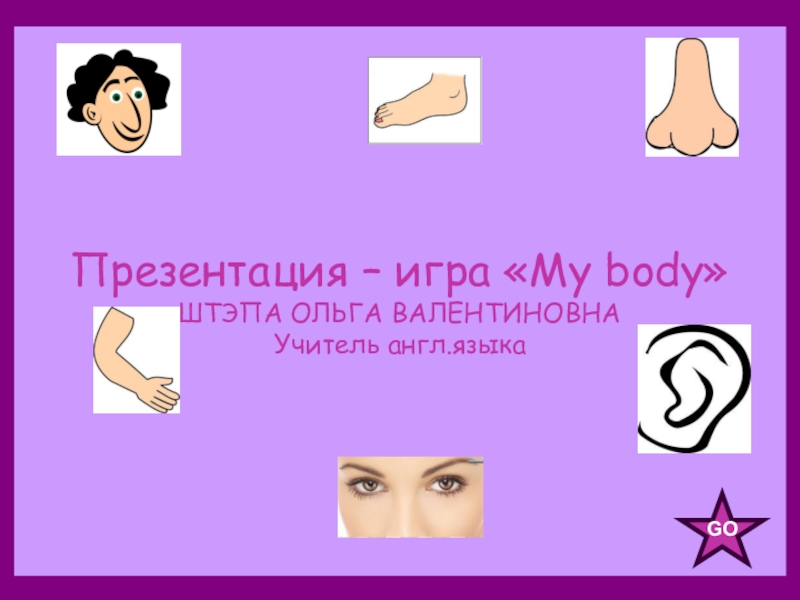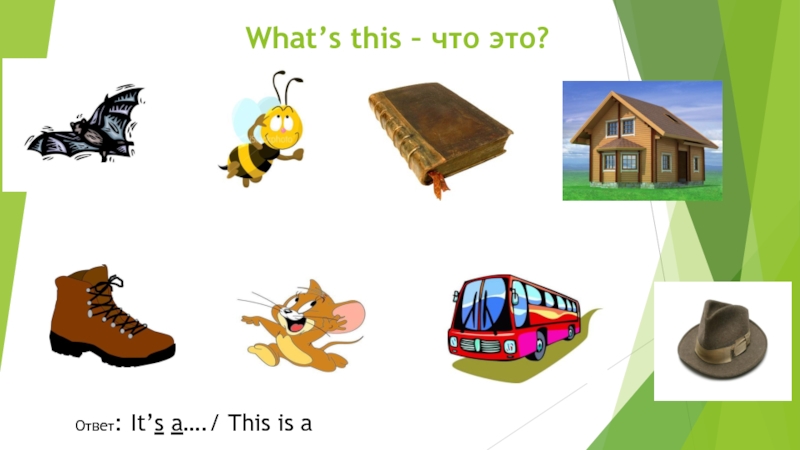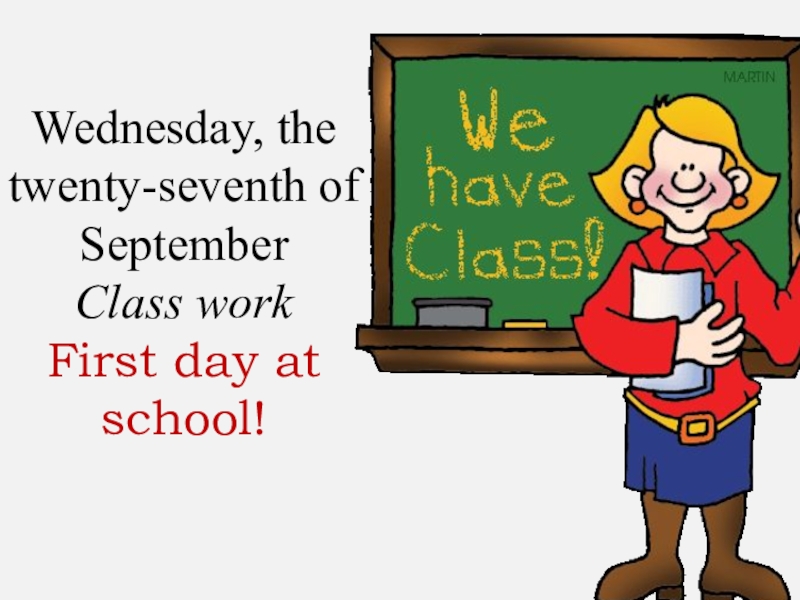- Главная
- Разное
- Образование
- Спорт
- Естествознание
- Природоведение
- Религиоведение
- Французский язык
- Черчение
- Английский язык
- Астрономия
- Алгебра
- Биология
- География
- Геометрия
- Детские презентации
- Информатика
- История
- Литература
- Математика
- Музыка
- МХК
- Немецкий язык
- ОБЖ
- Обществознание
- Окружающий мир
- Педагогика
- Русский язык
- Технология
- Физика
- Философия
- Химия
- Шаблоны, фоны, картинки для презентаций
- Экология
- Экономика
Презентация, доклад по английскому языку на тему Territorial dialects and accents
Содержание
- 1. Презентация по английскому языку на тему Territorial dialects and accents
- 2. Dialect is any variety of language, that
- 3. Accent, muddling up the difference between words
- 4. The United Kingdom is probably the most
- 5. Non-rhoticity, meaning the r at the ends of words
- 6. Raised vowel in words like trap and cat so these sounds like
- 7. Similar to Cockney, but in general Estuary
- 8. The foot-stut merger, meaning that the syllable
- 9. Rhotic, with trilled or tapped r’s.Glottal stopping of
Слайд 2Dialect is any variety of language, that is marked off from
Such a variety could be associated with a particular place or region or, rather more surprisingly, it might also be associated with a certain social group- male or female, young or old, and so on.
Any dialect of English has unique features in pronunciation, vocabulary, and grammar.
Dialect
Слайд 3Accent, muddling up the difference between words people use and the
Accent
Слайд 4The United Kingdom is probably the most dialect-obsessed nation in the world.
British Accents
Слайд 5Non-rhoticity, meaning the r at the ends of words isn’t prounounced (mother sounds like
Trap-bath split, meaning that certain a words, like bath, can’t, and dance are pronounced with the broad-a in father. (This differs from most American accents, in which these words are pronounced with the short-a in cat.
The vowels tend to be a bit more conservative than other accents in Southern England, which have undergone significant vowel shifting over the past century.
Received Pronunciation
Features
Слайд 6Raised vowel in words like trap and cat so these sounds like “trep” and “cet.”
London vowel
Glottal Stopping: the letter t is pronounced with the back of the throat (glottis) in between vowels; hence better becomes IPA be?ə (sounds to outsiders like “be’uh”).
L-vocalization: The l at the end of words often becomes a vowel sound Hence pal can seem to sound like “pow.”
Th-Fronting: The th in words like think or this is pronounced with a more forward consonant depending on the word: thing becomes “fing,” this becomes “dis,” and mother becomes “muhvah.”
Cockney
Features
Слайд 7Similar to Cockney, but in general Estuary speakers do not front th
Glottal stopping of ‘t’ and l-vocalization (see above) are markers of this accent, but there is some debate about their frequency.
Estuary English (Southeast British)
Features
Слайд 8The foot-stut merger, meaning that the syllable in foot and could is pronounced with the
Non-rhoticity, except in some rural areas.
The dipthong in words like kite and ride is lengthened so that kite can become something like IPA ka:ɪt (i.e. it sounds a bit like “kaaaait”)
Unique vocab includes use of the word mam to mean mother, similar to Irish English.
Northern England English
Features
Слайд 9Rhotic, with trilled or tapped r’s.
Glottal stopping of the letter t when in between
Monopthongal pronounciations of the /ei/ and /ou/ dipthongs, so that that face becomes IPA fe:s and goat becomes IPA go:t.
Scottish English
Features














